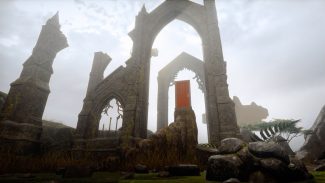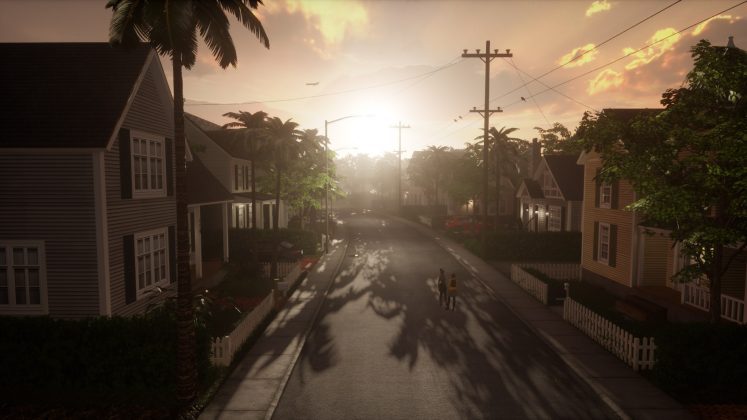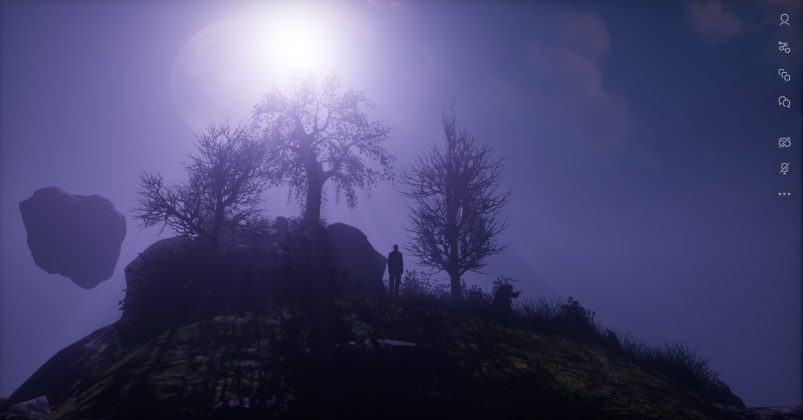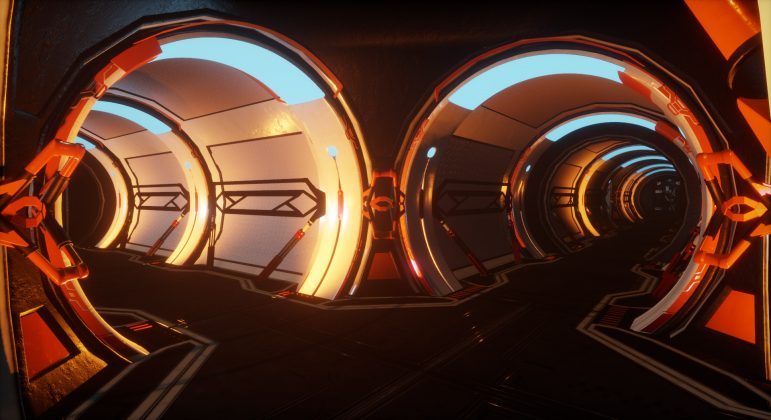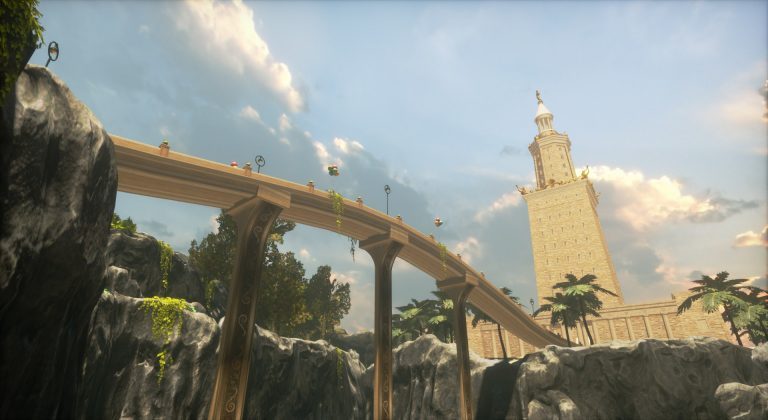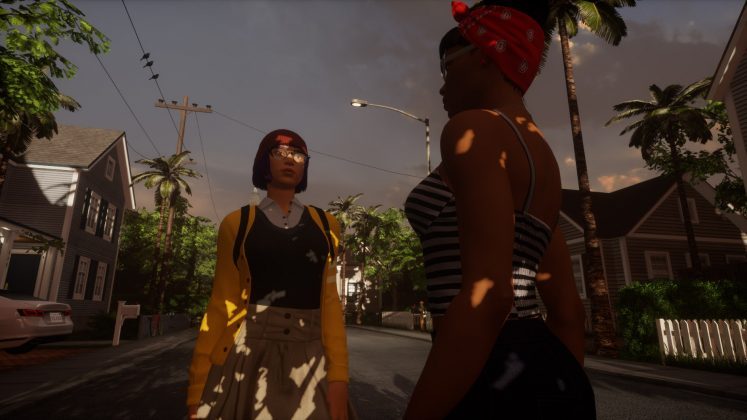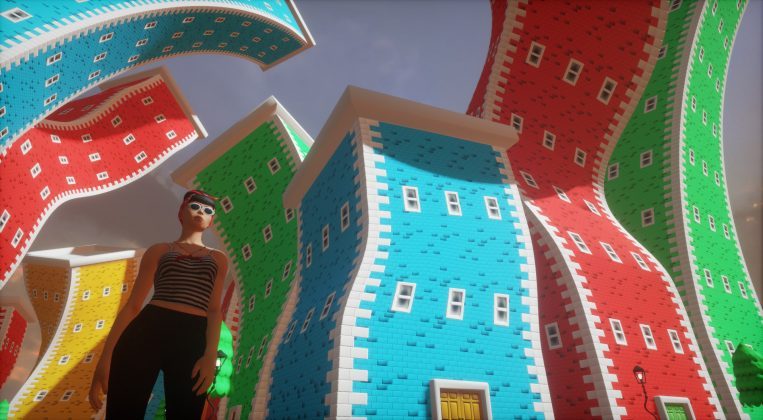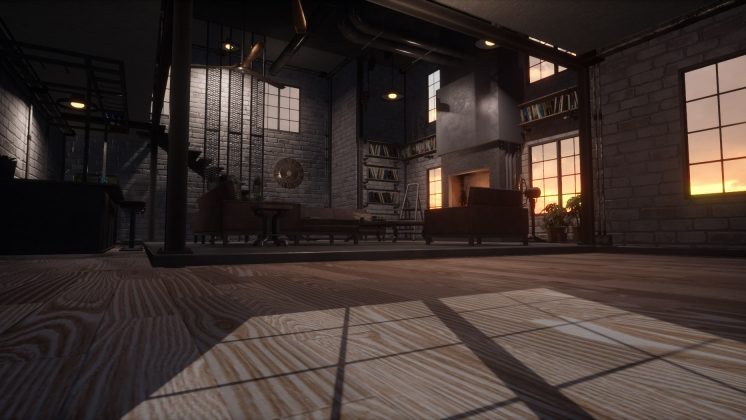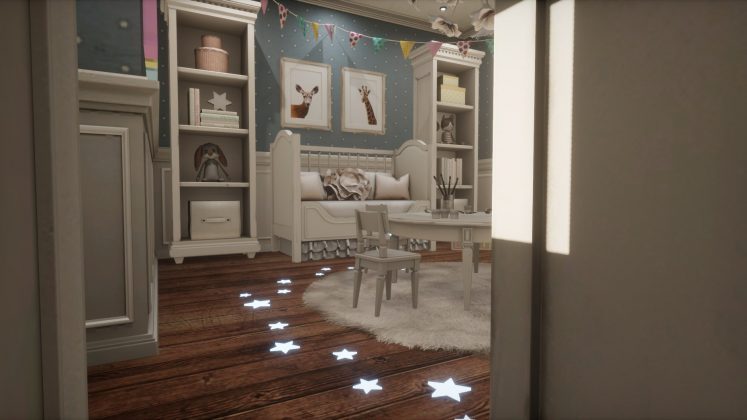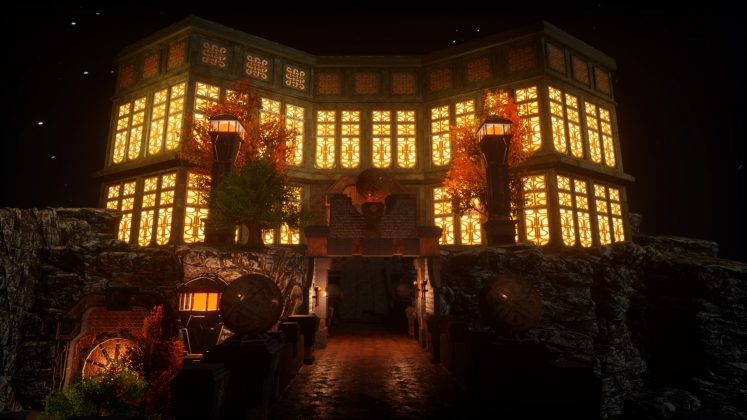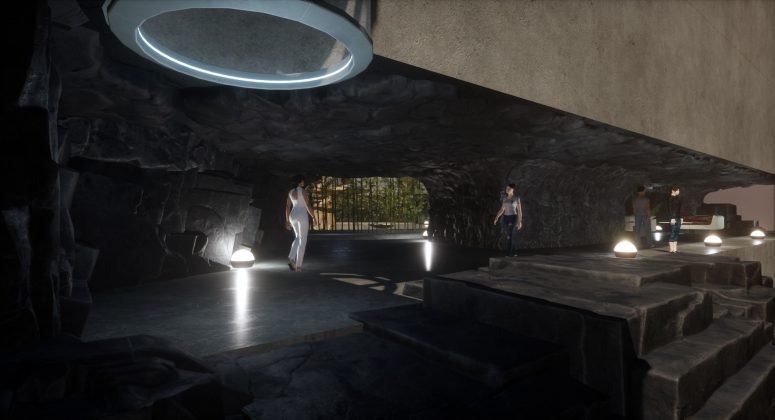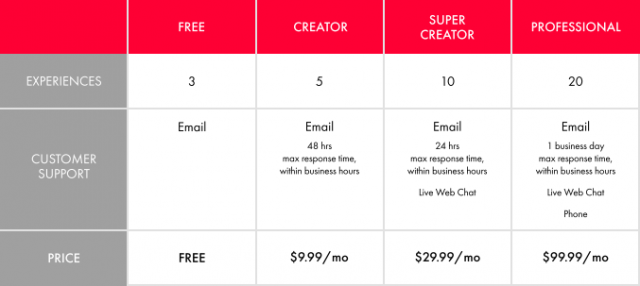Linden Lab, the company behind the virtual world Second Life, is today launching successor Sansar into open beta, this time built for the VR era. Though based on much of what the company has learned from running Second Life over the last 14 years, Sansar isn’t exactly a sequel, and instead takes a new approach to virtual worlds.
While Second Life was built as one giant world, Sansar’s architecture is more like a platform. On it, “creators” can host virtual worlds and experiences for others to visit, though those creations are not plopped down in one continuous virtual space; instead they act more like discrete, interconnected virtual environments which can be accessed by browsing the world’s Atlas’.
Each virtual world in Sansar is also its own entry point into the platform. Whereas Second Life asked users to go through one front door, every creation in Sansar will have its own dedicated link which can be shared anywhere and serve to direct someone to a specific experience within Sansar.

Sansar has been in closed beta for several months now, and today the platform is opening its doors to all. With support the Oculus Rift, HTC Vive, and Windows PCs, the so called “Creator Beta” already includes hundreds of places to visit, and offers users the ability to try their hand at making their own. I had a chance to preview Sansar and sit down to chat with Linden Lab CEO Ebbe Altberg earlier this year, ahead of the Open Beta:
 Read Our Sansar Preview
Read Our Sansar Preview
For novice creators, Sansar allows for drag-and-drop editing, enabling you to craft basic scenes with assets purchased from the Sansar Store. More advanced creators will be able to import assets from “common 3D modelling tools,” thought we’re not sure exactly which are supported at this time.
Each world can host around 35 players simultaneously before automated instancing kicks in to create clones of the world to be able to effectively reach “unlimited audiences,” Linden Lab says.
The company’s business model for Sansar is to let people visit worlds on the platform for free, but charge creators who want to host more than three experiences. Creators too will have mechanisms available to “sell, rent, or charge for access” to earn from their creations. Though still in Beta, Linden Lab is already offering paid tiers for hosted experiences starting at $10/month for five hosted experiences.
That’s a major shift from Second Life’s business model where users rented virtual real estate in the virtual world, allowing them to build in that area of the map.

